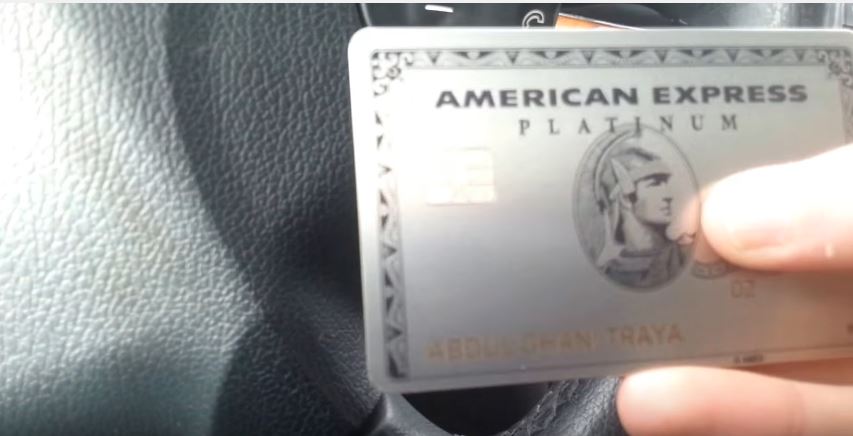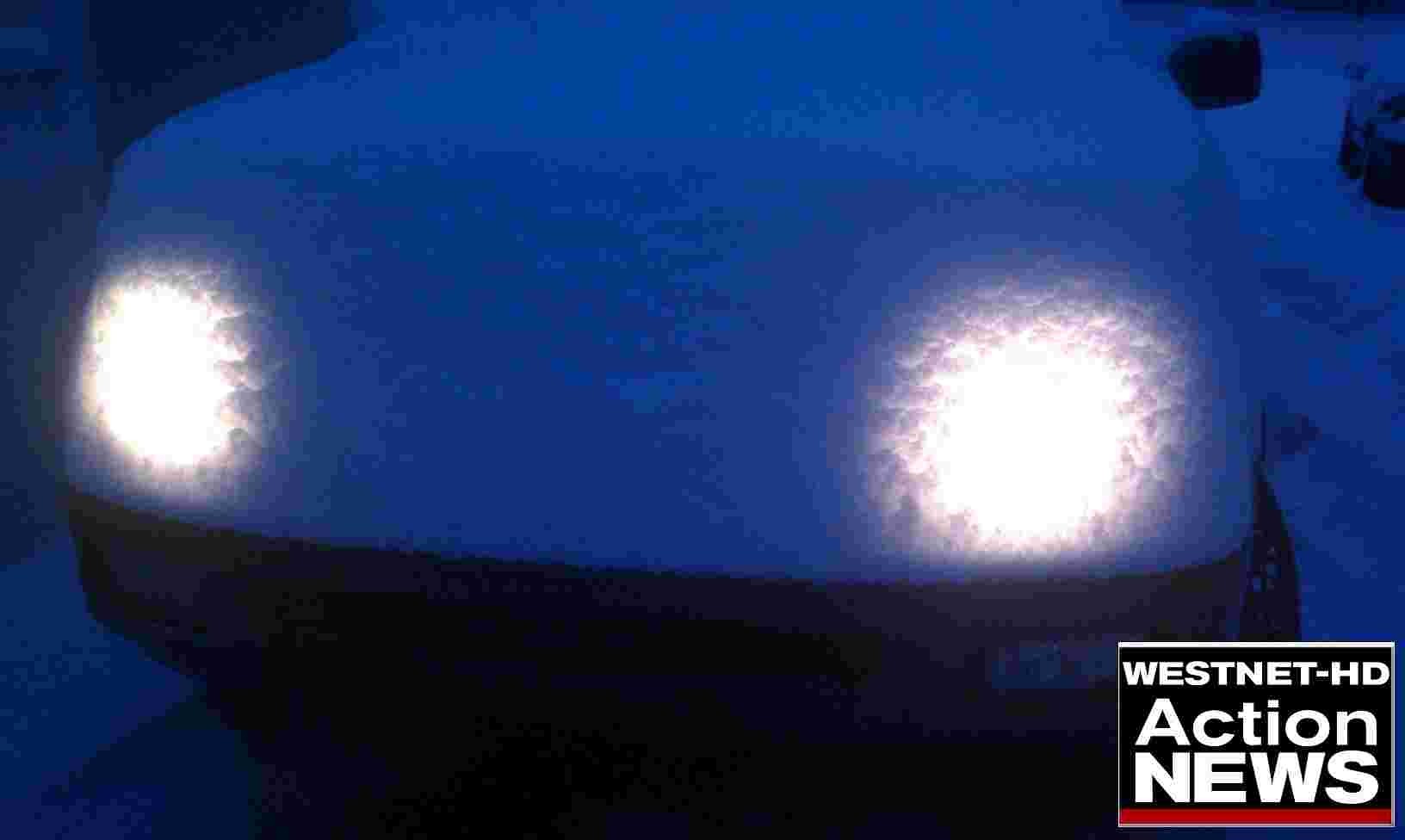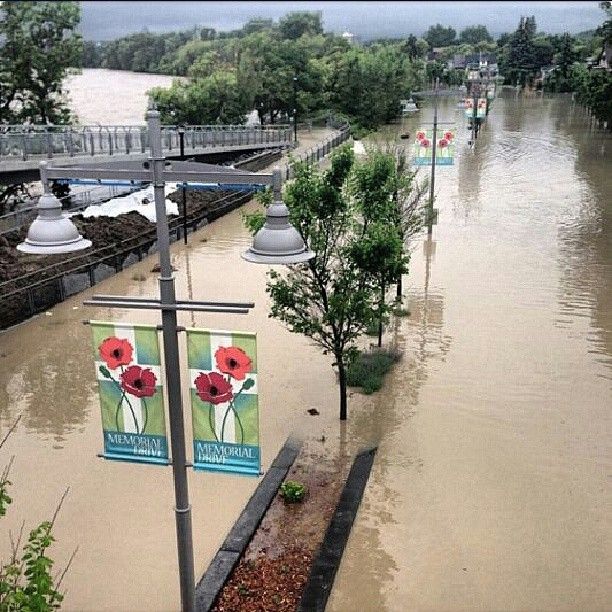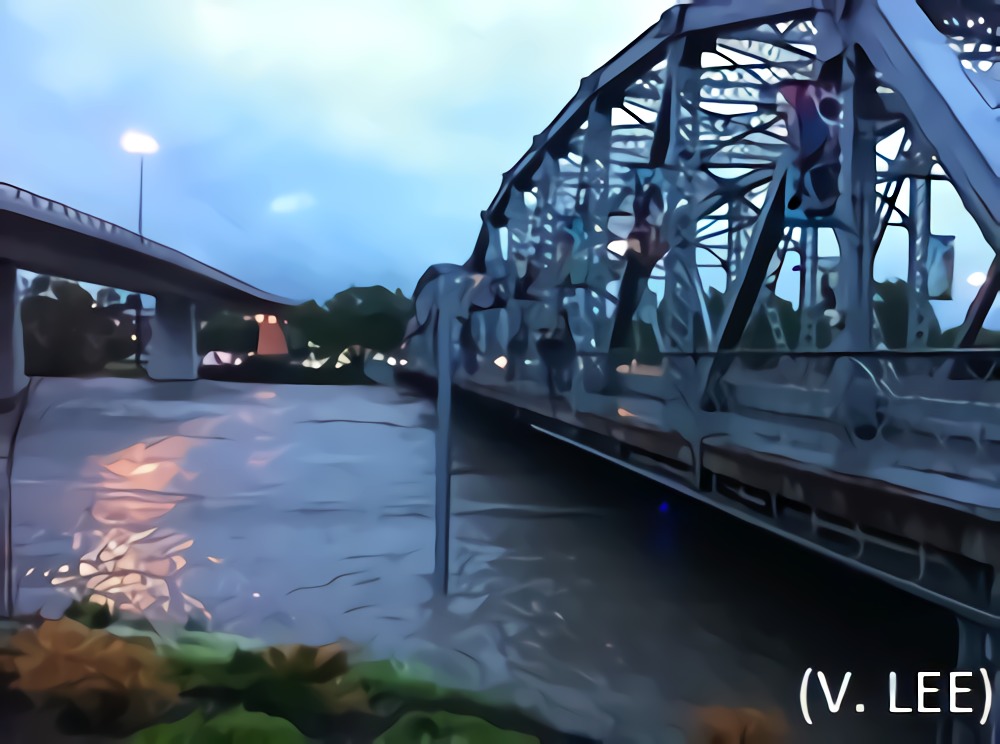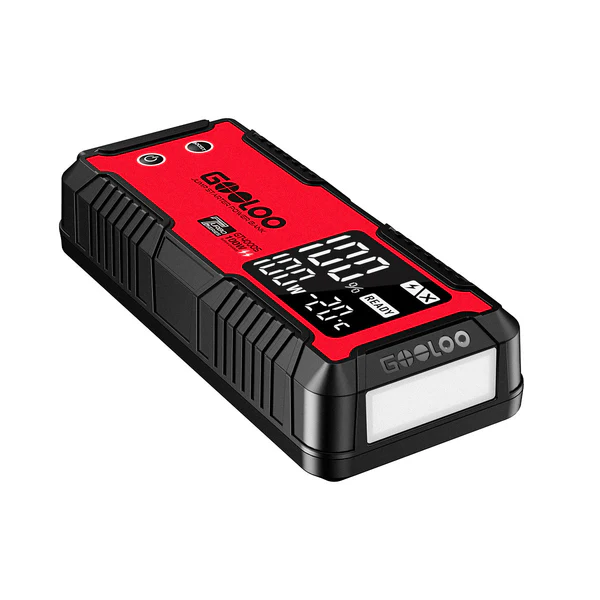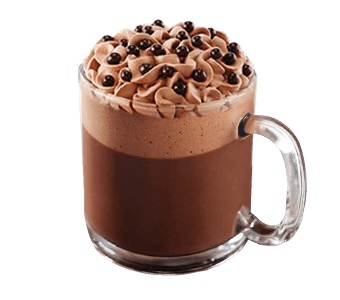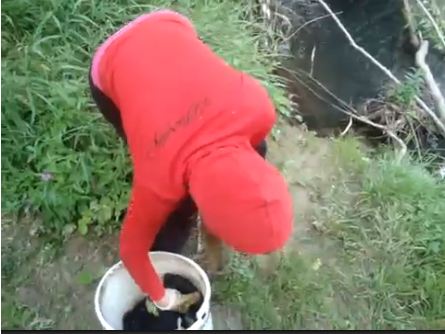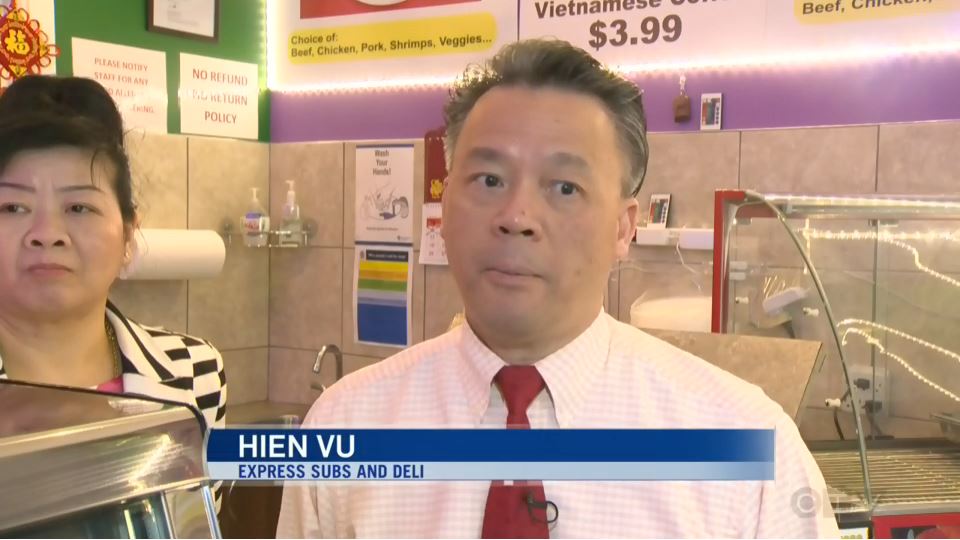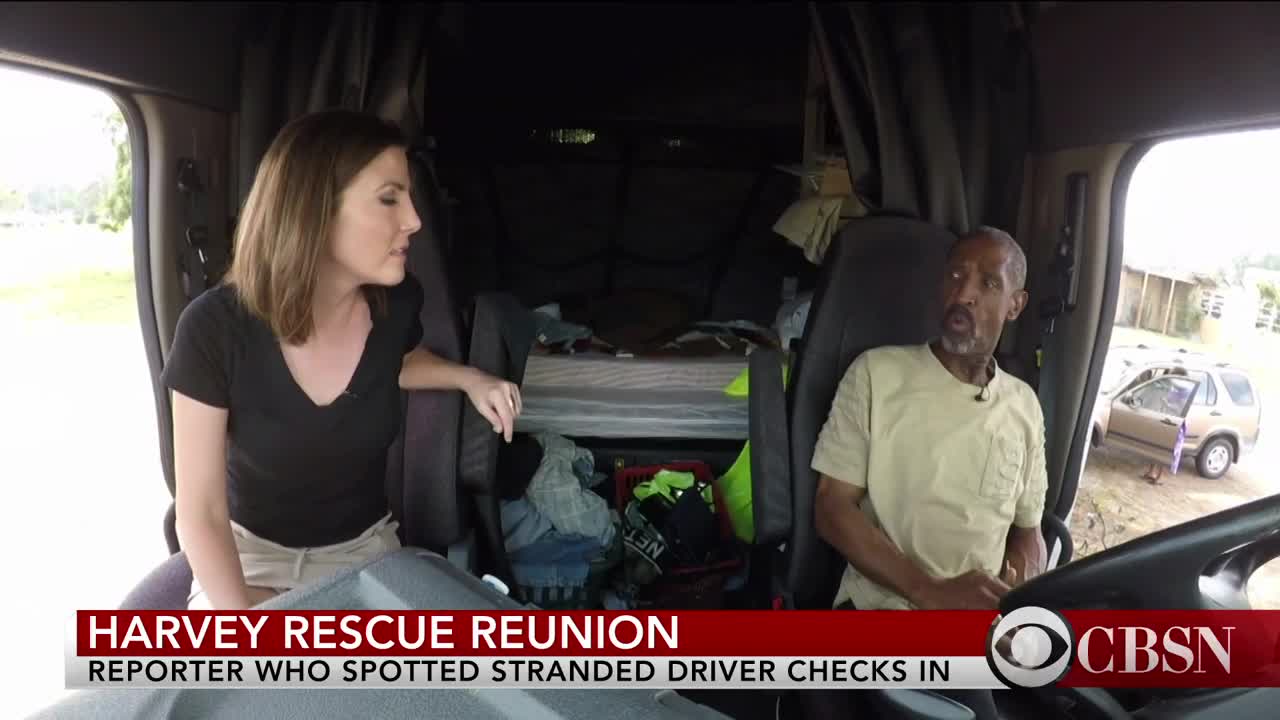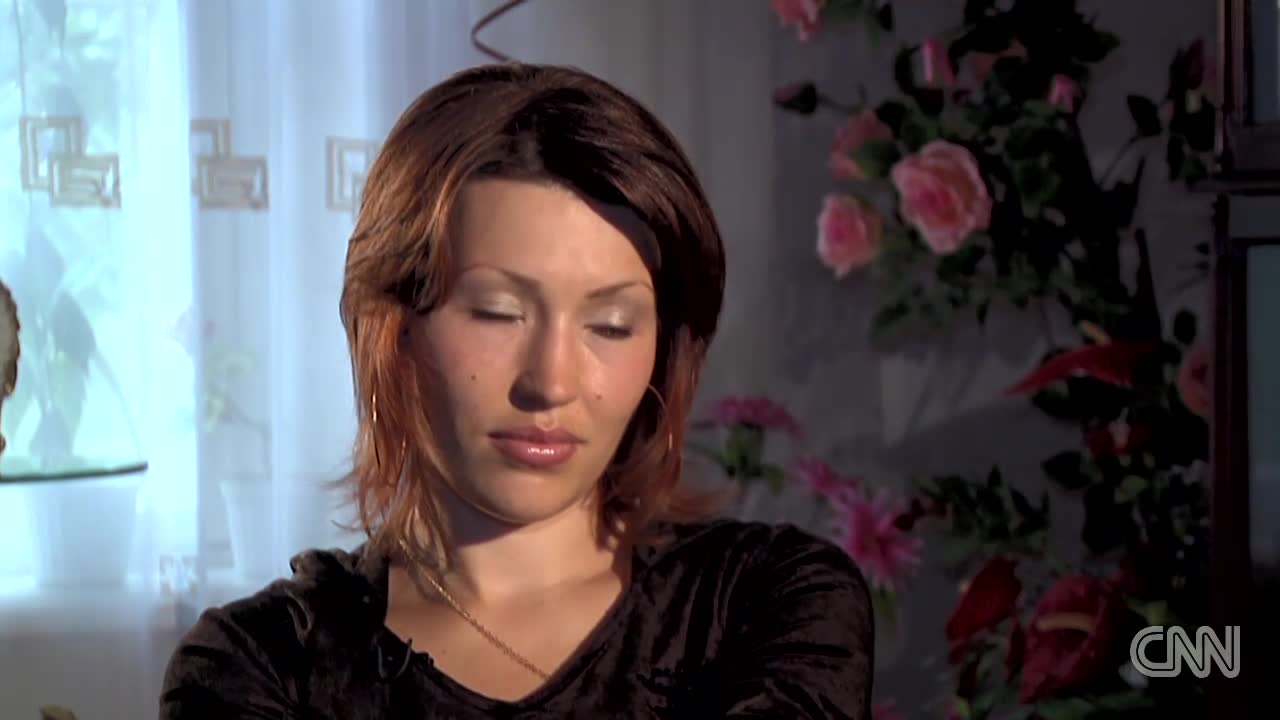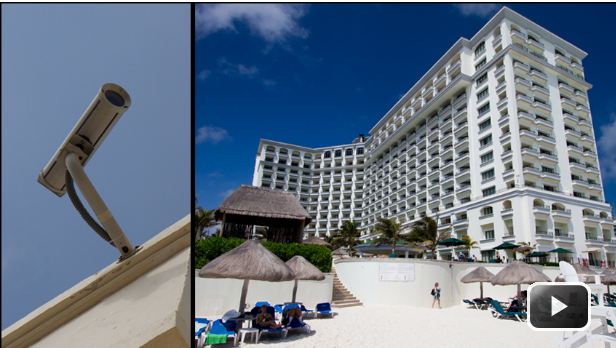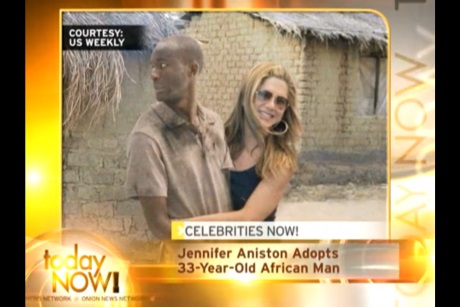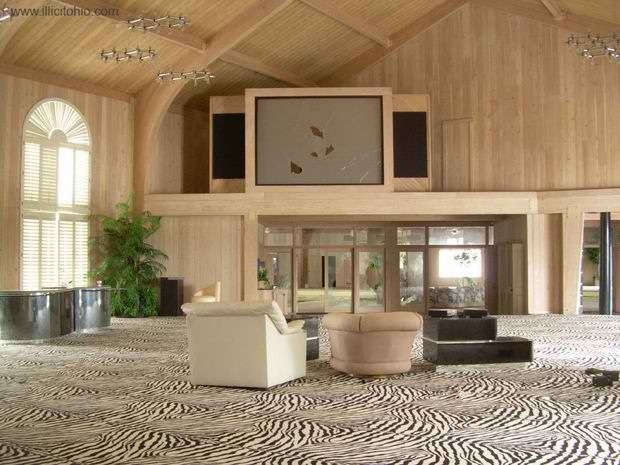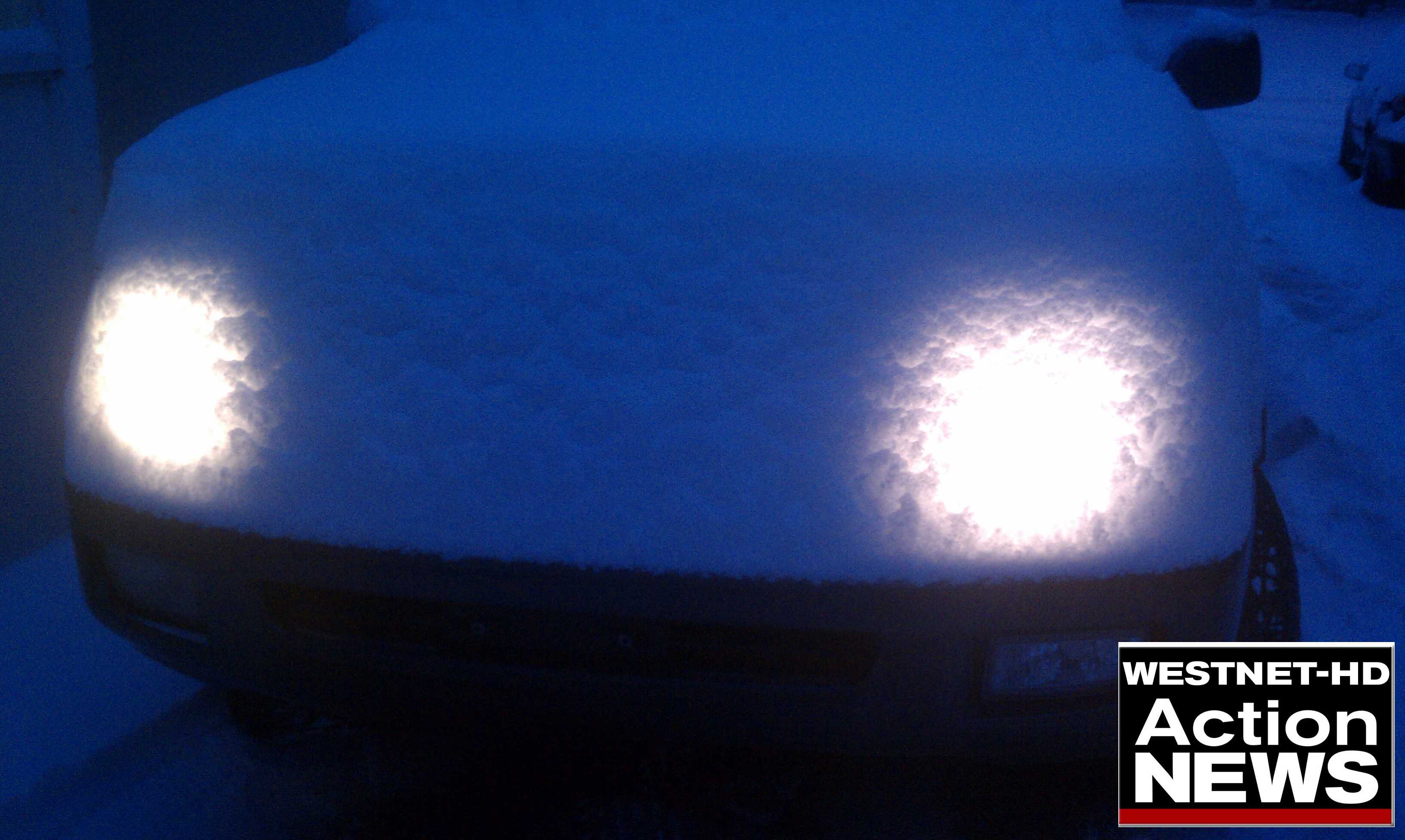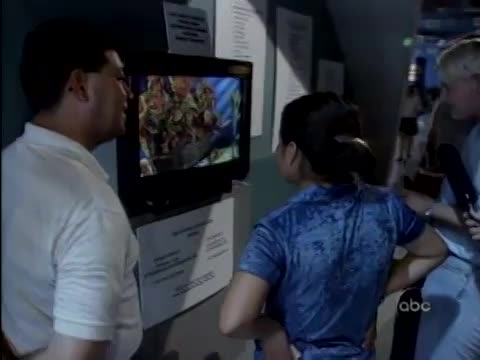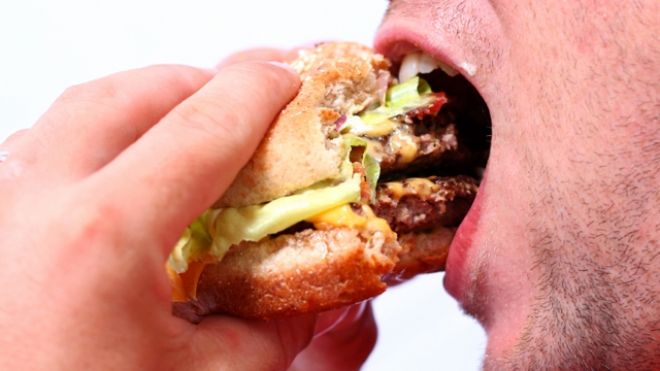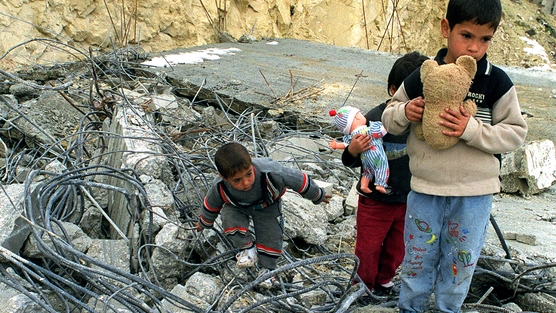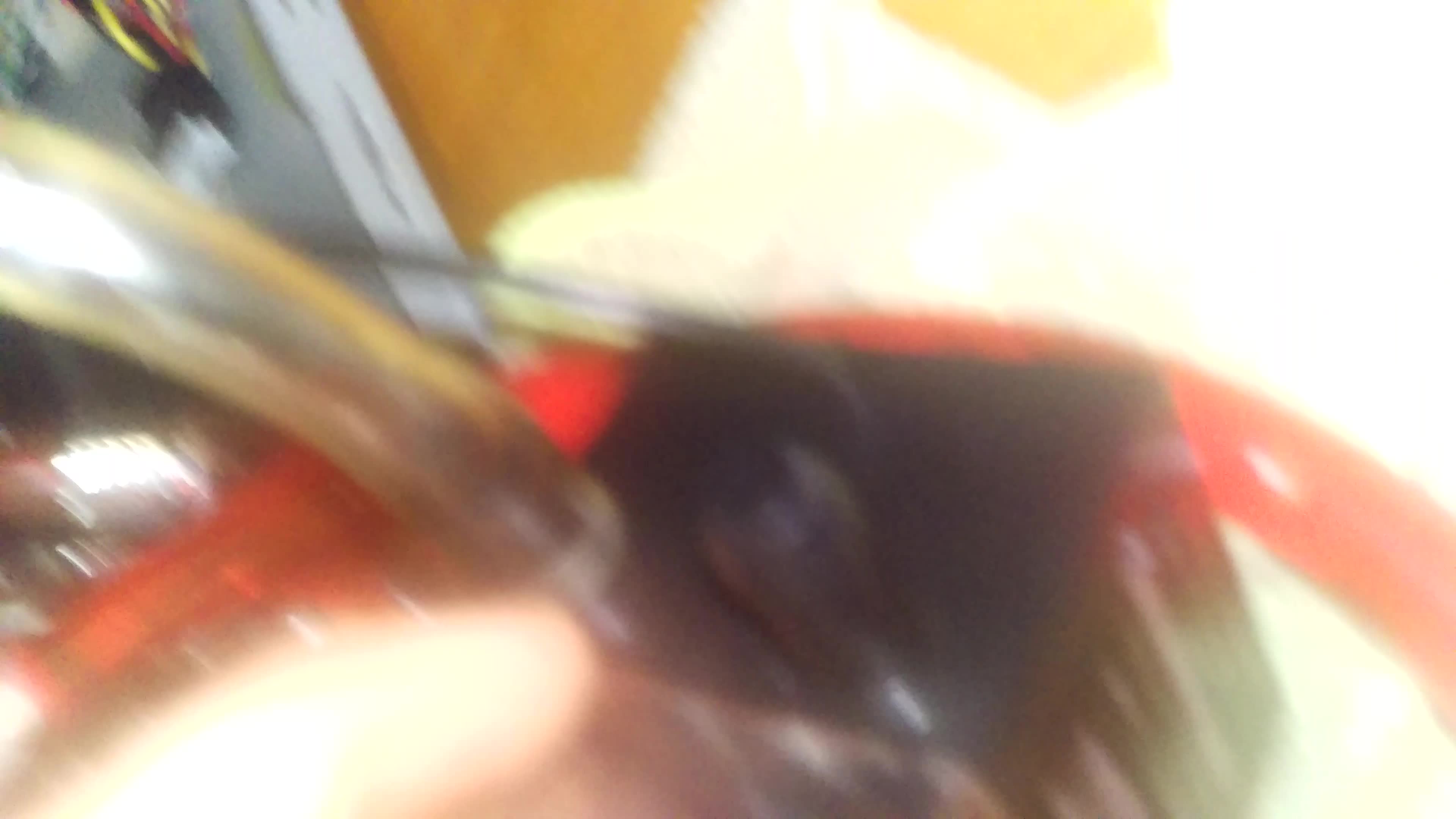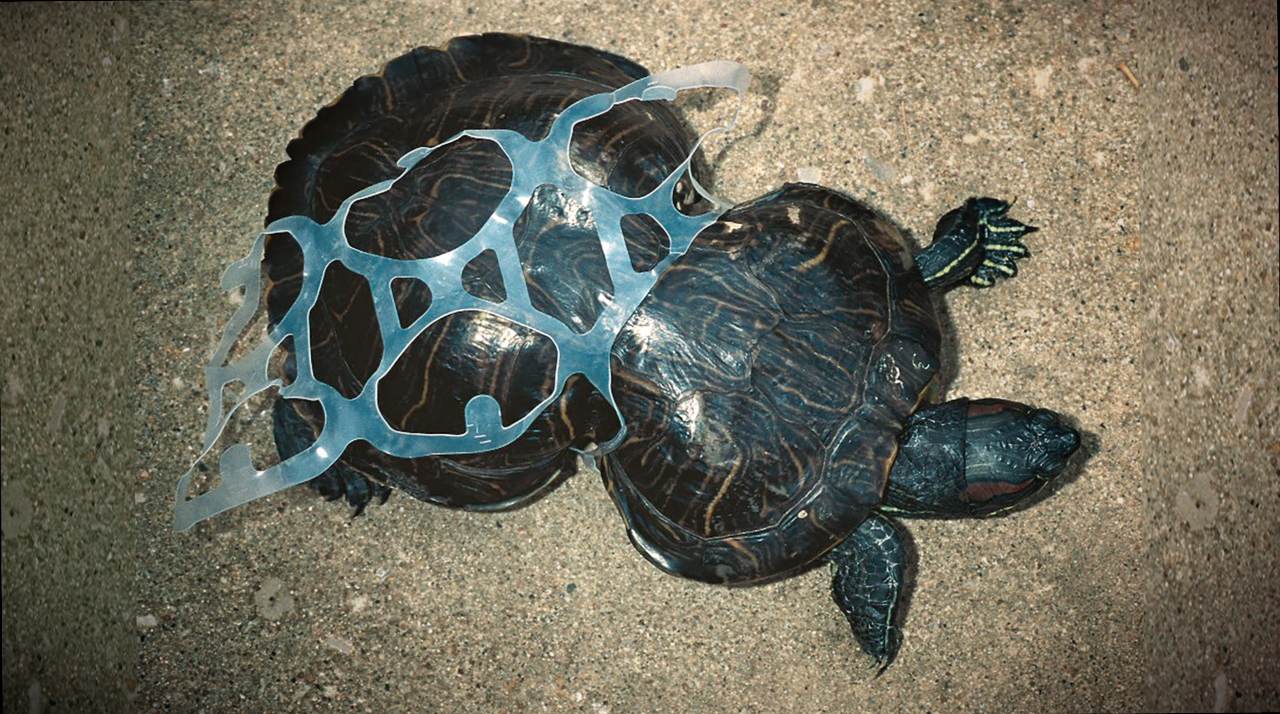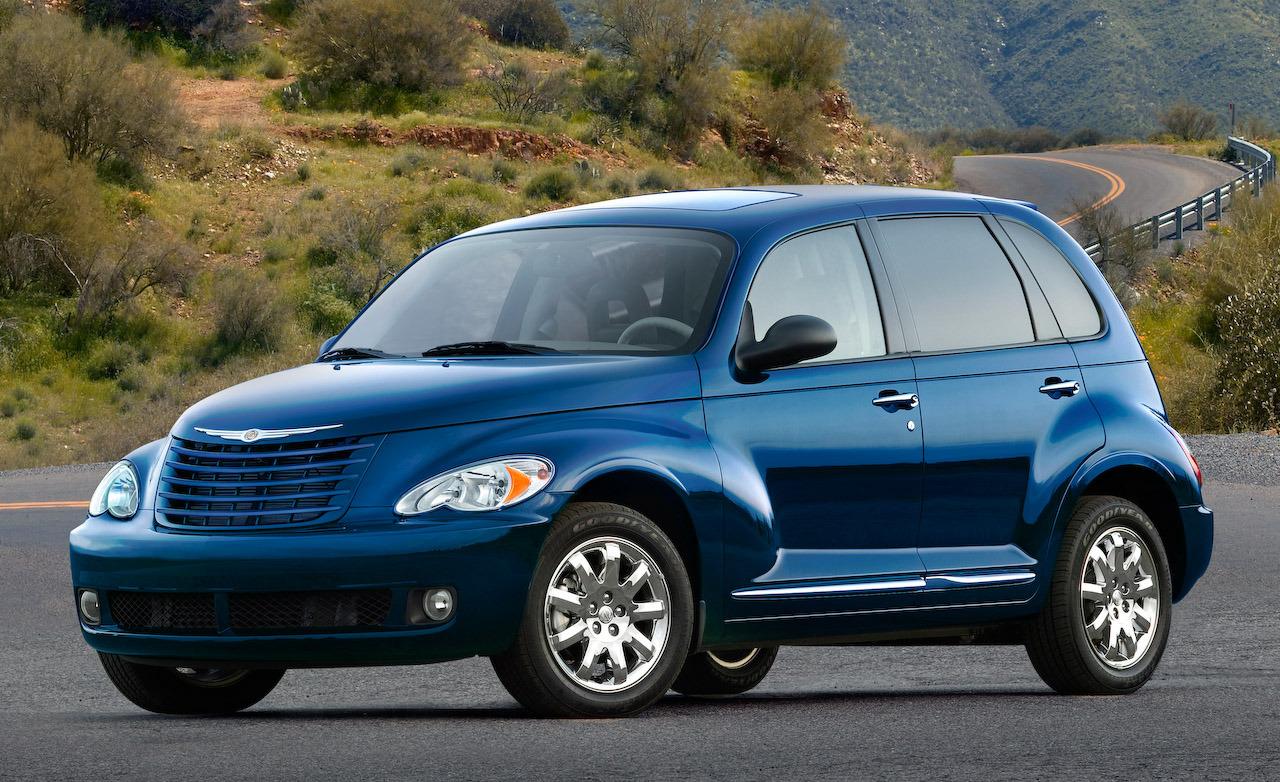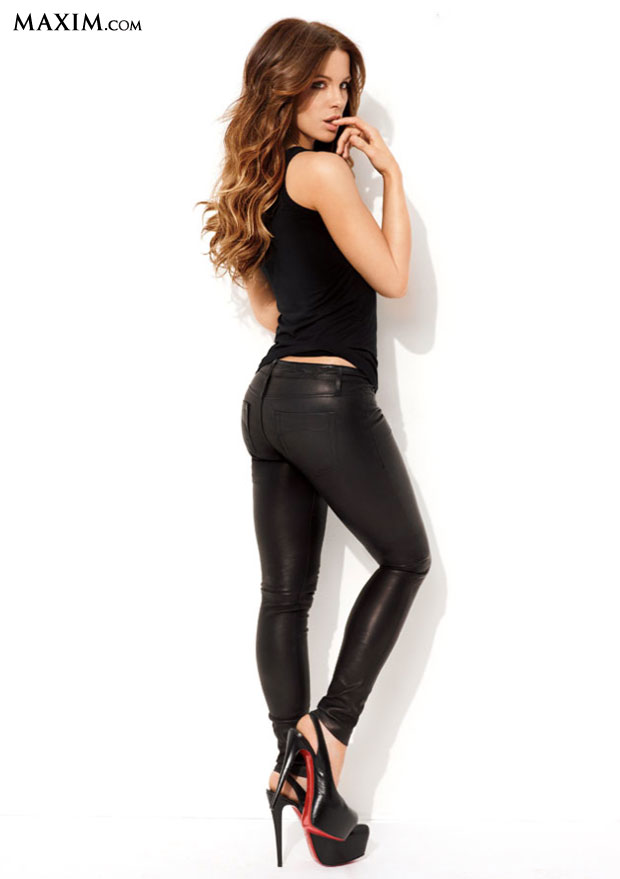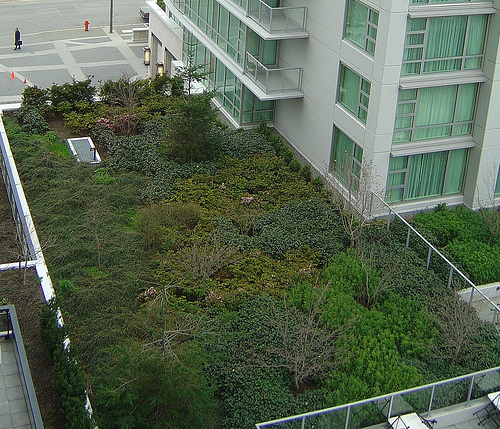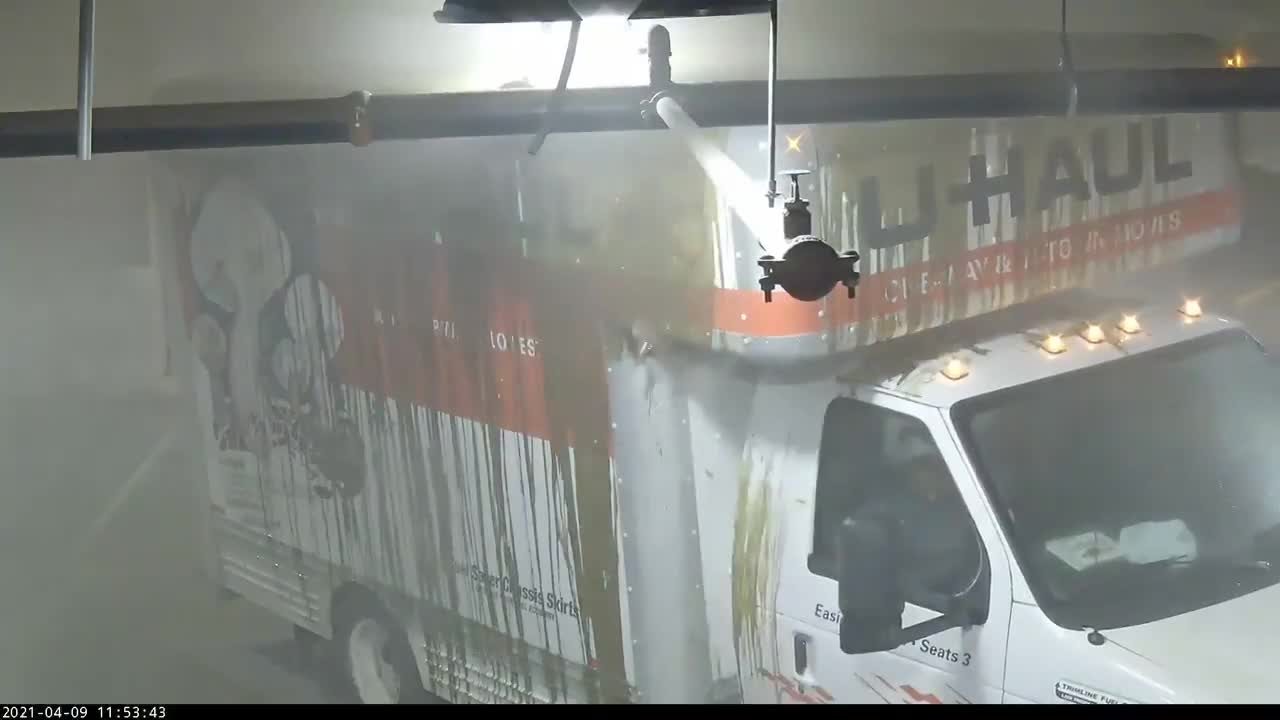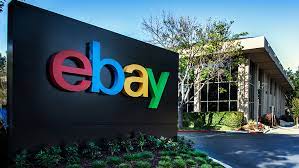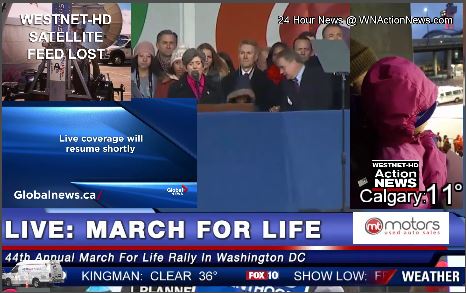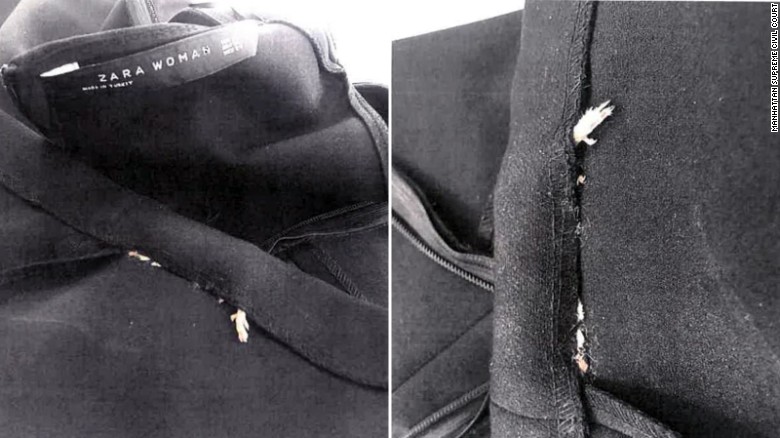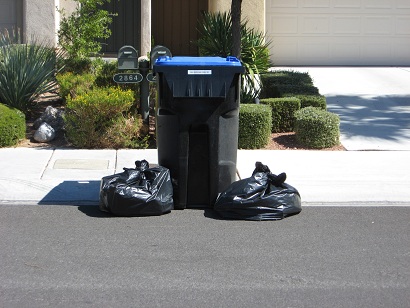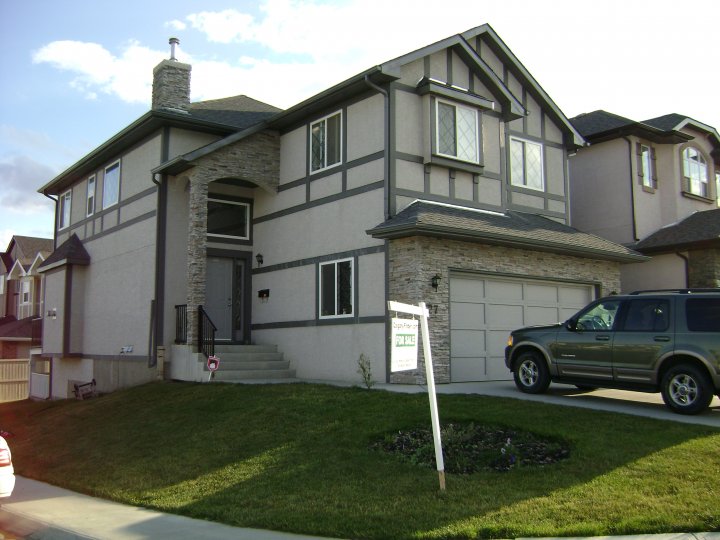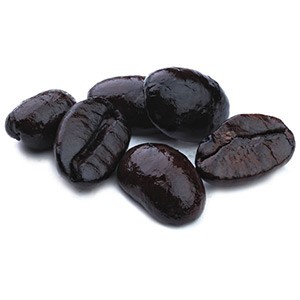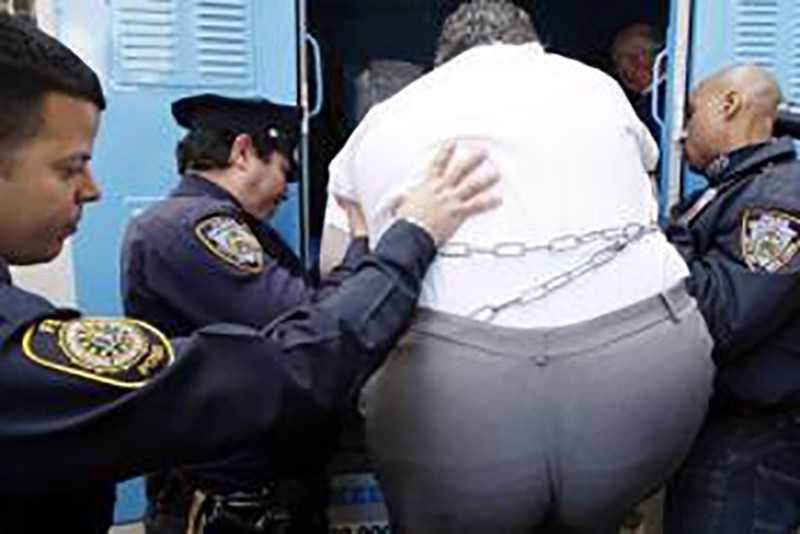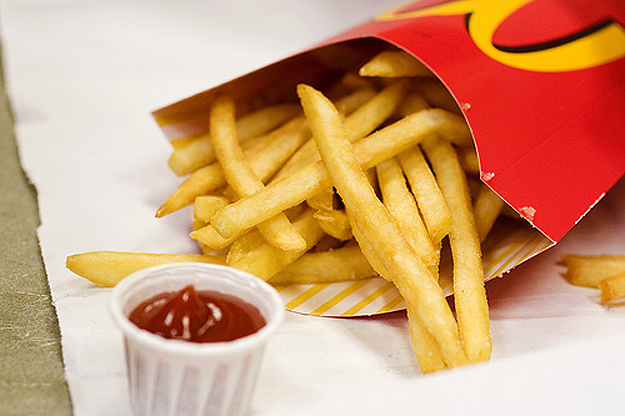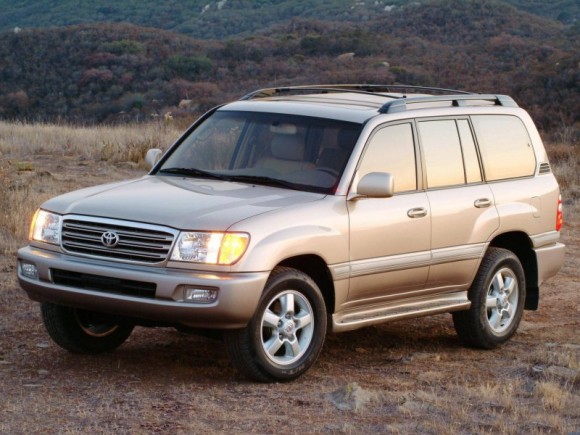People are really into do-it-yourself sunscreen particularly Pinterest users, according to recent research.
A study published in the journal Health Communication examined how people share information about homemade sunscreen on the inspiration board website and concluded that almost 95% of pins about homemade sunscreen portray it in a positive light.
Additionally, as reported by OneZero , the research indicates 68% of the pins recommended a sunscreen recipe that didnt sufficiently protect against the sun. Many of the DIY recipes included zinc oxide, an ingredient used in commercial mineral sunscreens. However, some of the saved pins resulted in formulas with an SPF (sun protection factor) of only 2. Dermatologists typically suggest a minimum of SPF 30 . Other ingredients include things like coconut oil and beeswax, which offer minimal scientifically proven ability to protect against UVA and UVB rays.
One of the studys authors, Lara McKenzie, a principal investigator at the Center for Injury Research and Policy at Nationwide Childrens Hospital, told OneZero that Pinterest was the main area of interest because many of its users are parents. As a parent herself, McKenzie said she understood the desire to provide safe products for your children, but she also posited that relying on a DIY product for sun protection was likely riskier than the chemicals in commercial sunscreens.
Its really scary because whats at risk here at best is a really bad sunburn, but at worst is the possibility of skin cancer in the future, especially if its children, McKenzie told OneZero. The number of saves for the average Pinterest post [is] something like 800, and one of the pins in the study was saved more than 21,000 times. This is in the mainstream and its popular.
We all want to be using safe products, not only for our children but also for ourselves. And were all for looking for products with fewer potentially dangerous chemicals than weve been accustomed to over the years. Well even try a homemade face mask every now and then. But when it comes to sunscreen, theres more to it than mixing a few ingredients in a bowl and calling it a day.
Sunscreen technology is complex.
For starters, Theres a lot of technology that goes into making the nanoparticles [in sunscreen] and [there are] specific percentages of zinc or titanium, Dr. Devika Icecreamwala, a dermatologist in Berkeley, California, told HuffPost.
Zinc and titanium are two active ingredients found in mineral-based sunscreens, also called physical sunblocks. There are also chemical sunblocks, which typically contain active ingredients like avobenzone, octinoxate and the more controversial oxybenzone , which is thought to be harmful to the oceans coral reefs and potentially the human endocrine system.
The chemicals and other ingredients listed on sunscreen labels can admittedly be intimidating, but Icecreamwala said she hasnt seen any homemade sunscreens that are as effective as commercial products. She noted that there need to be more studies on the potential effects of chemical sunscreens on our bodies.
Dr. Jody Levine , director of dermatology at Plastic Surgery & Dermatology of New York City, told HuffPost in 2018, According to the FDA, there is no definitive data showing that any of these ingredients are harmful to our health.
Testing the efficacy of a DIY concoction is risky.
Additionally, if youre using a product you whipped up in your kitchen, there is little way to know the effectiveness of what you are using. How protective will it be? Will it stay on the skin or come off easily? Dr. Nava Greenfield, a dermatologist at Schweiger Dermatology Group in Brooklyn, New York, pointed out.
Theoretically, an at-home sunscreen could work, Greenfield said, but you need to know the science behind the products to know if it will be safe and effective.
Testing products is always the best way to know its efficacy and safety profile, she added. You need to understand proper storage and the shelf life of the product that you made, which wont be available if made at home.
Icecreamwala put it a little more bluntly: The more sunburns you get, that increases your risk of skin cancer. If youre using a DIY sunscreen and its not effective, thats basically like not wearing any sunscreen at all.
Theres also a risk of allergic reactions.
Different people react to different products, whether store-bought or homemade, in different ways. And just because an ingredient might be natural, it can still cause a reaction.
If youre using ingredients that youre not really familiar with, you could always be allergic to them or get an irritated reaction from them, Icecreamwala said.
The moral of the story: Dont compromise your sun protection.
The majority of us arent cosmetic chemists, which means we cant possibly know all the ins and outs of making a sunscreen that effectively protects us from the sun every time we use it. The only way to truly test a DIY sunscreen is to wear it outside. That alone could put you at risk of getting burned, which subsequently increases your risk for skin cancer, not to mention wrinkles and aging, Icecreamwala explained, adding that we should all be wearing a minimum of SPF 30.
Her go-to sunscreen option is EltaMDs UV Elements Broad-Spectrum SPF 44 , a mineral sunscreen with zinc oxide and titanium dioxide. She noted that she prefers mineral sunblock but agreed that a chemical store-bought sunscreen is better than wearing nothing or a DIY version.
Support Free Journalism
Already contributed? Log in to hide these messages.
Greenfields go-tos included La Roche Pose Toleriane for sensitive skin, Supergoop skin soothing mineral sunscreen for normal skin, EltaMD UV Pure for kids and pregnant women, and Cest Moi mineral sunscreen for adolescents and teenagers.
When it comes to applying your sunscreen, Icecreamwala said its best to reapply every two hours, as thats typically how long most sunscreens last.
Just do yourself a favor and wear a legitimate one.
Support Free Journalism
Already contributed? Log in to hide these messages.
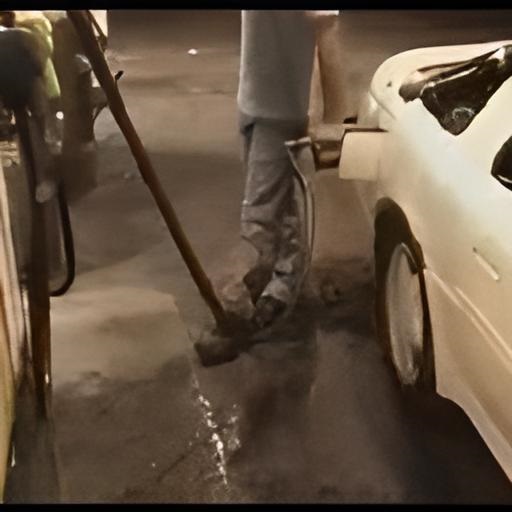

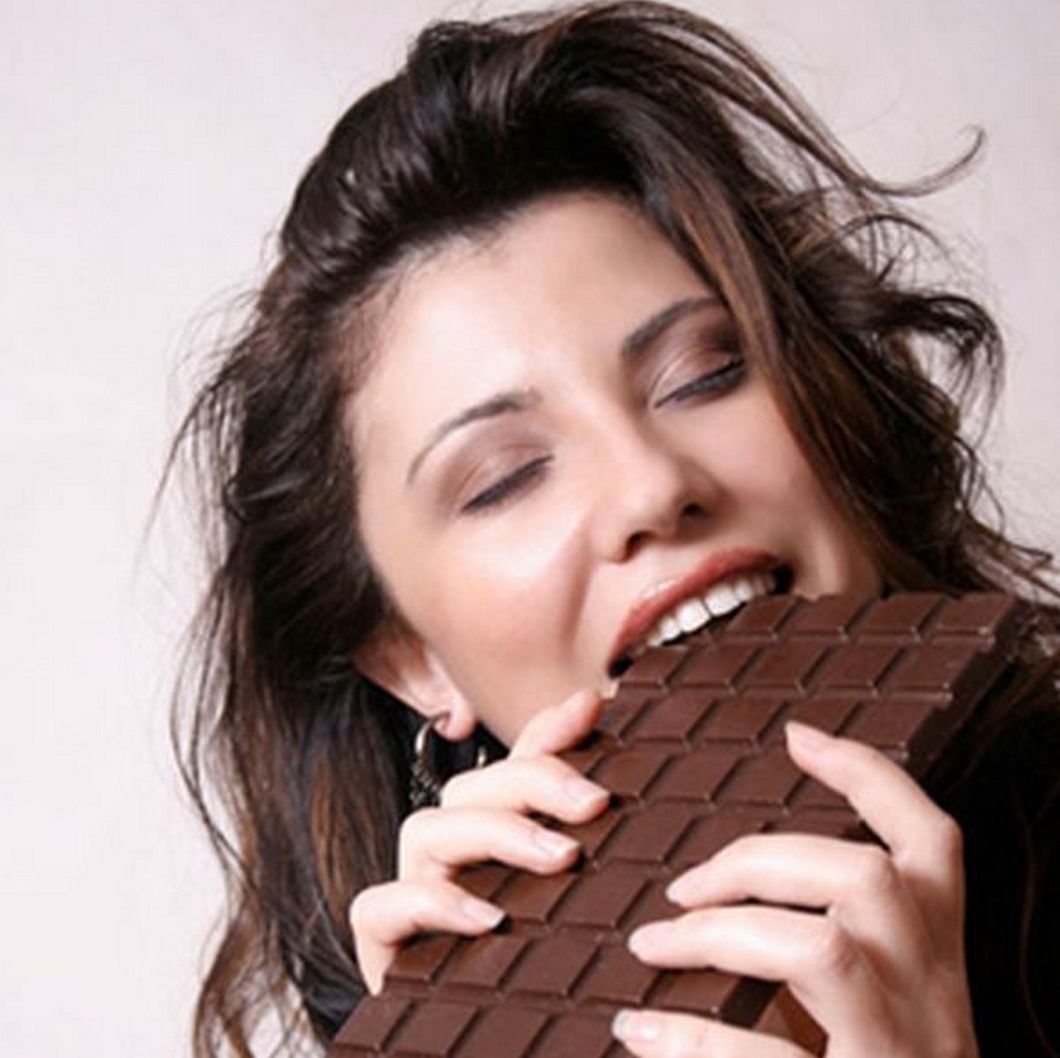

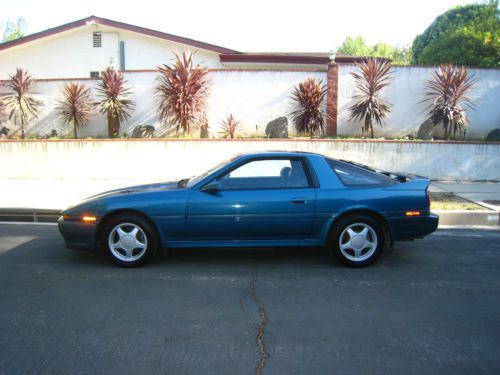
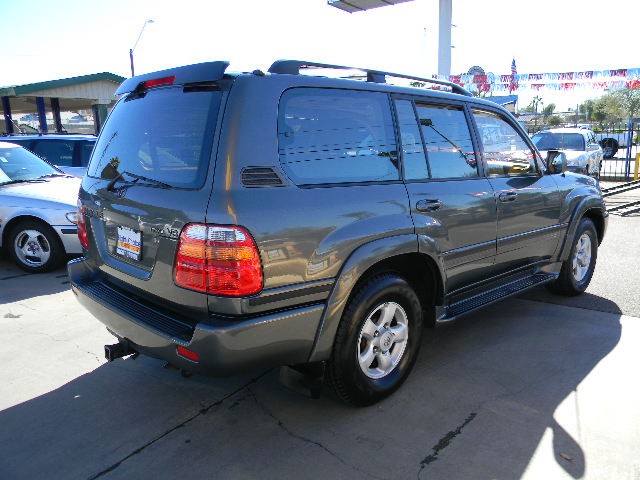
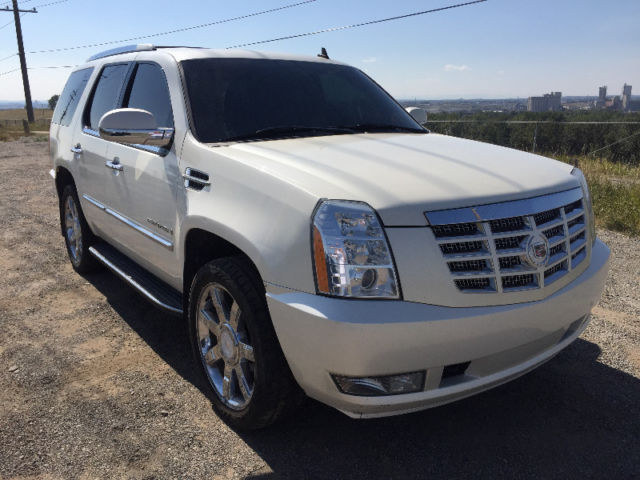

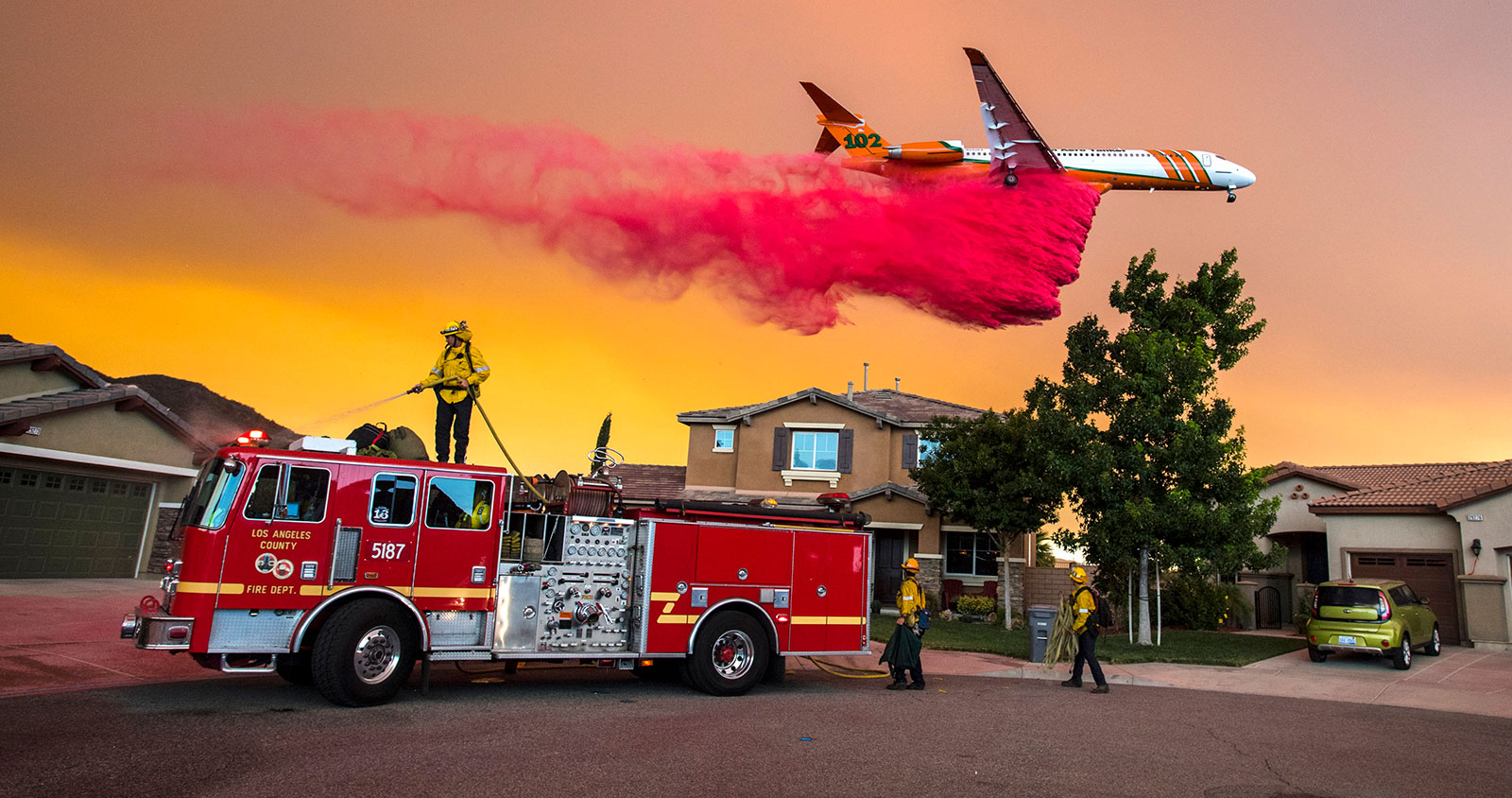


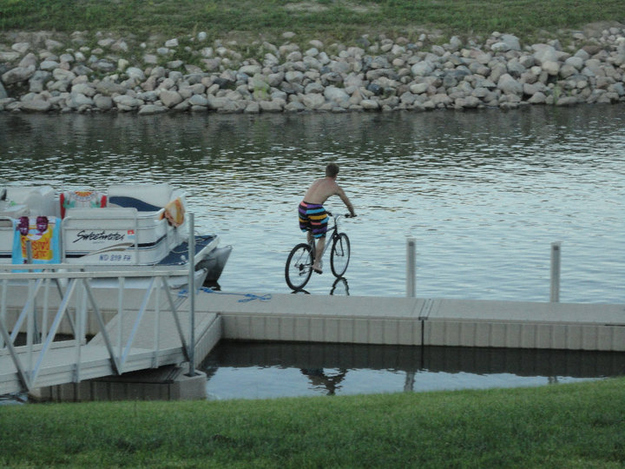
_(720p).jpg)


 OFFICIAL HD MUSIC VIDEO.jpg)
.jpg)



